Strengthening capacity and diversifying livelihoods of local people for conservation of Chinese pangolin in Bagh Bhairav Community Forest

Kirtipur Municipality and Bagh Bhairav Community Forest User Group together with Small Mammals Conservation and Research Foundation named the Natural Heritage path as “Pangolin Trail” in habitat of Critically Endangered Chinese pangolin; the Bagh Bhairav Community Forest, Kirtipur on the occasion of “World Pangolin Day 2019” to develop community-based pangolin eco-tourism. Now, it has emerged […]
Conservation campaign and bat survey along the Tamakoshi River Corridor, Nepal with special focus on Hodgson’s Bat Myotis formosus
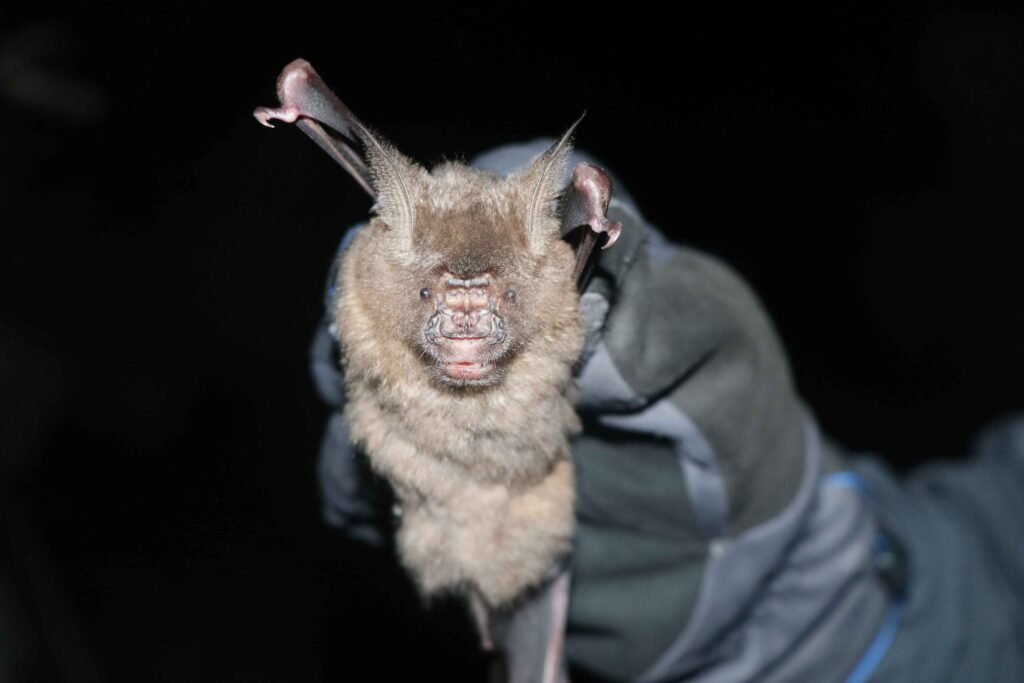
Past study in an area of the Tamakoshi River Corridor had shown that there was lack of knowledge and awareness about bats and their importance among locals that often led to roost disturbance and culling of bats. The same study had found a very rare bat species, Hodgson’s bat Myotis formosus in the area after […]
Conservation of Critically Endangered Chinese Pangolin and Human Livelihoods in Central Nepal
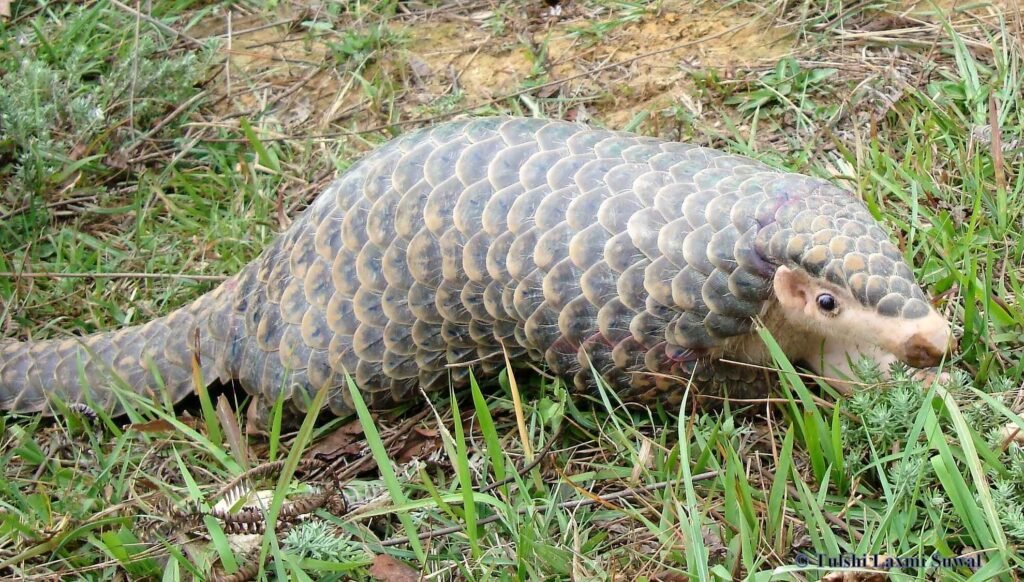
Local illegal hunting and forest fires are increasingly recorded to threaten pangolins and their habitat in Nepal. Terai lowlands and Siwalik hill ranges are more vulnerable to the wildfires which are better known habitats for Chinese pangolin. However, the impacts of forest fires on wildlife are currently being neglected by local and national agencies. We […]
Preparation and sharing of camera traps occurrence database in Asia, including >500,000 observations of >300 vertebrate species from >200 sites
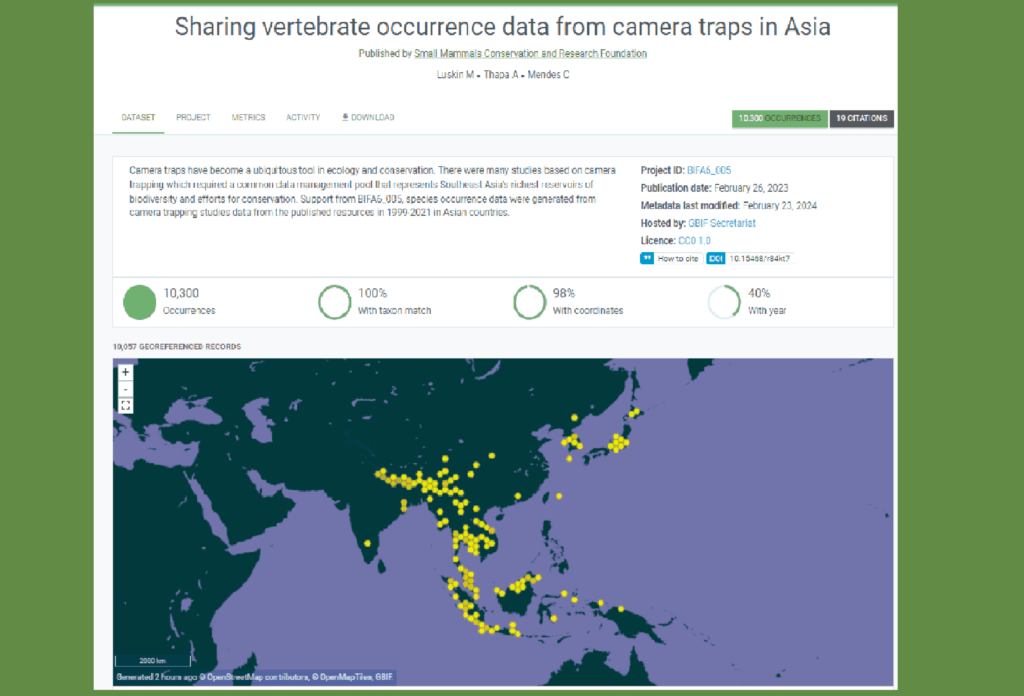
Photo source: https://www.gbif.org/dataset/84b5b072-2832-4c72-ad17-eb90bcb0c5ac Southeast Asia holds some of the most diverse rainforests on the planet. Despite their importance, information on biodiversity is scattered across published, peer-reviewed, and gray literature and in unpublished raw data. Camera traps are an effective non-invasive method of surveying vertebrates. The project compiled and standardized 210 camera trap surveys from across […]
Engaging local communities in Musk deer conservation in Manaslu Conservation Area, Nepal
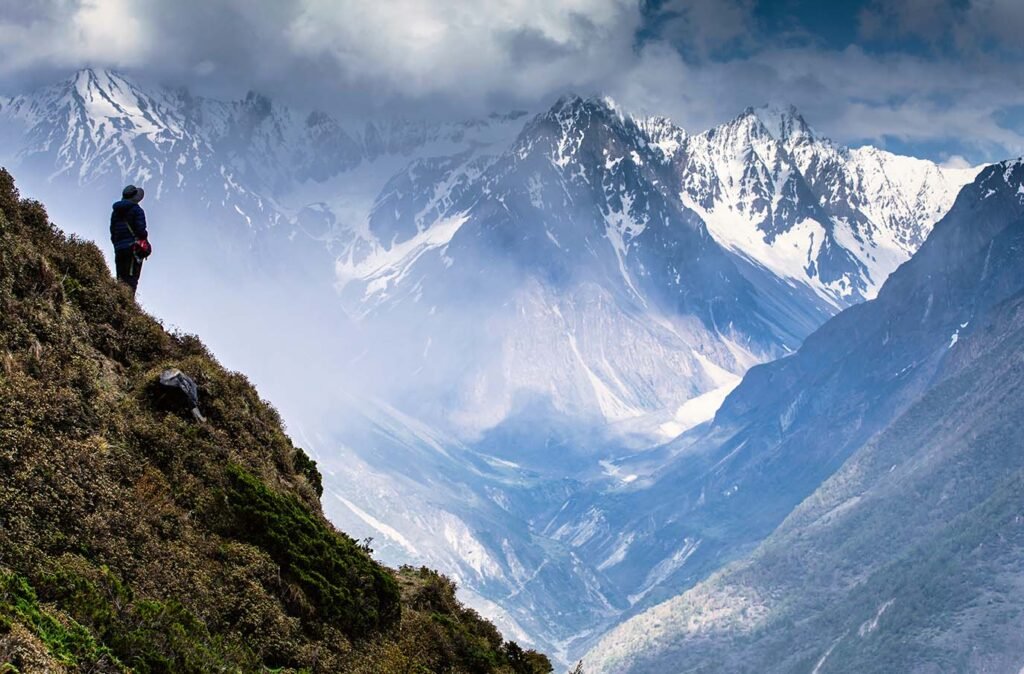
Musk deer populations in the Himalayan region have been declining due to various factors such as habitat loss, poaching, and forest fires exacerbated by climate change. To address these threats, the project outlines a range of activities undertaken to raise awareness, survey habitats, conduct forest fire mitigation programs, and distribute educational materials. One of the […]
Initiation of Community Based Conservation of Fishing Cat in Jagdishpur of Kapilvastu, Nepal
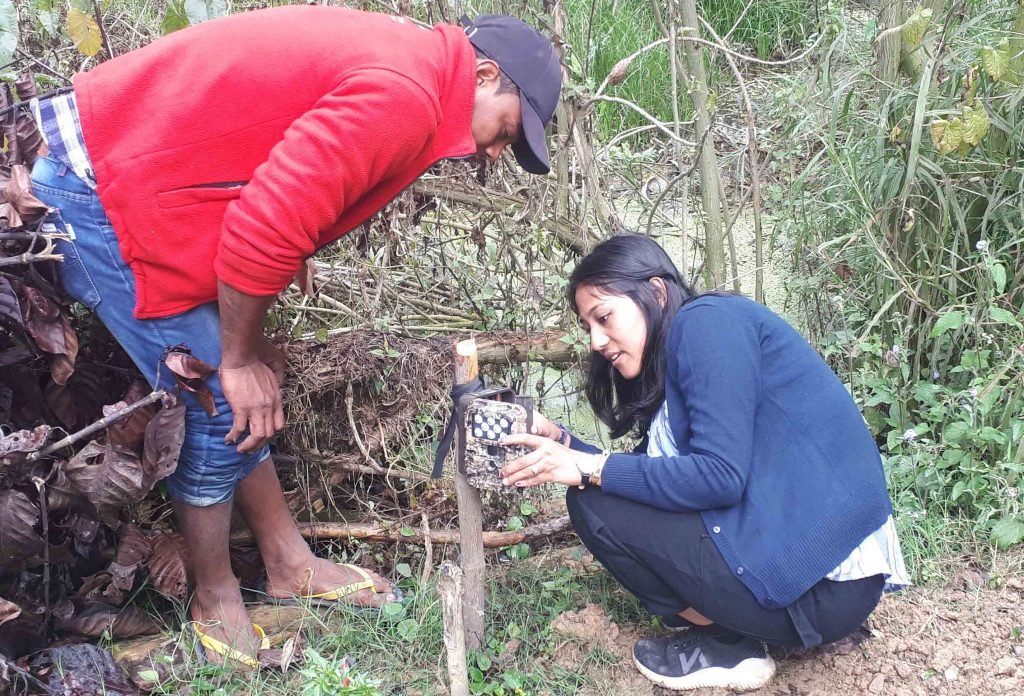
The definitive presence of Fishing Cat was confirmed in the Jagadishpur reservoir and Ban Ganga river in 2015 (Dahal S., 2015). A recent one-day monitoring survey was done to explore the current conservation status of Fishing Cat in the same area. The survey depicted that Fishing Cat faces threats of poaching, retaliatory killing, and drying […]
Climate Change Impacts on Bats, Chiuri and Chepang of Nepal: Indigenous Knowledge Assessment and Sustainable Intervention for Livelihood
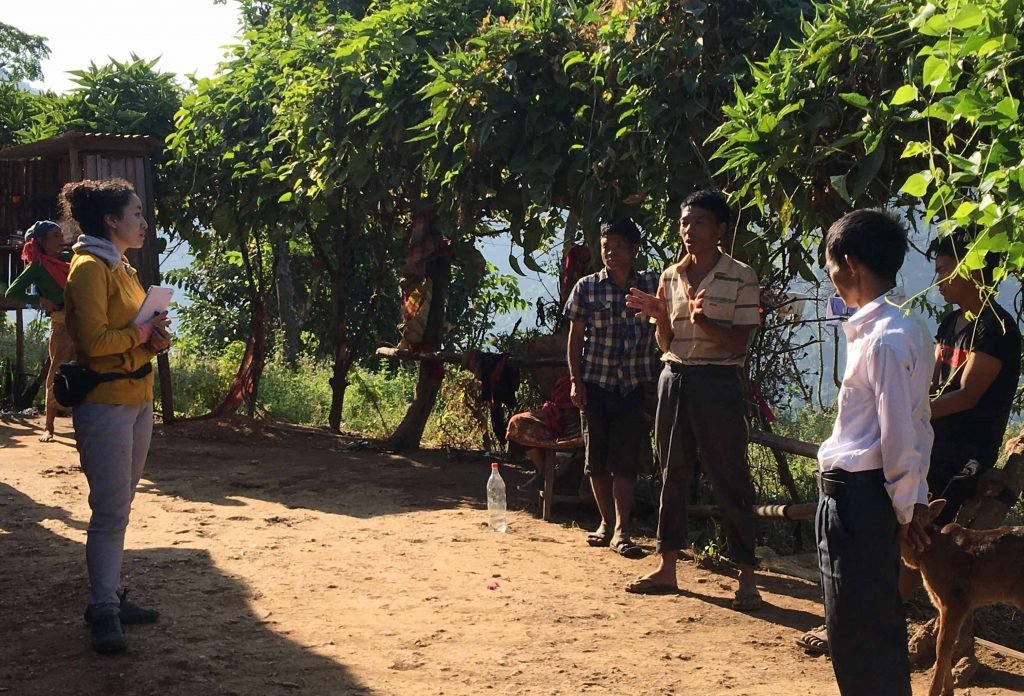
Nepal is listed as one of the vulnerable countries to the impacts of climate change. Many indigenous communities dependent on natural resources are affected by this environmental catastrophe. The Chepang community of Nepal is an indigenous group, inhabiting the Mahabharata mountain range of central Nepal. In recent years, the community has shifted from a semi-nomadic […]
Clean up Chandragiri-Champadevi Trail, Nepal

Inorganic waste, especially single-use plastics waste thrown by increasing numbers of visitors in recent years in the hiking trail “Chandragiri to Champadevi” hills located near the southern rim of Kathmandu Valley, the capital city of Nepal, has degraded the quality of habitat, impacting the wildlife. Despite being an important habitat for flora and fauna within […]
Assessing indicators of Climate Change in Gandaki River Basin and Engaging Local Communities for Long-term Monitoring

Global climate change is recognized as an important driver of ecological changes. Field studies have detected upward shifts in tree species along the treeline in the Nepal Himalaya. Forests are also expected to expand into the Tibetan Plateau covering over 22% of the land area. Because species have different physiological tolerances and dispersal adaptations, the […]
Ecology and Conservation of Wood Snipe in Langtang National Park, Nepal
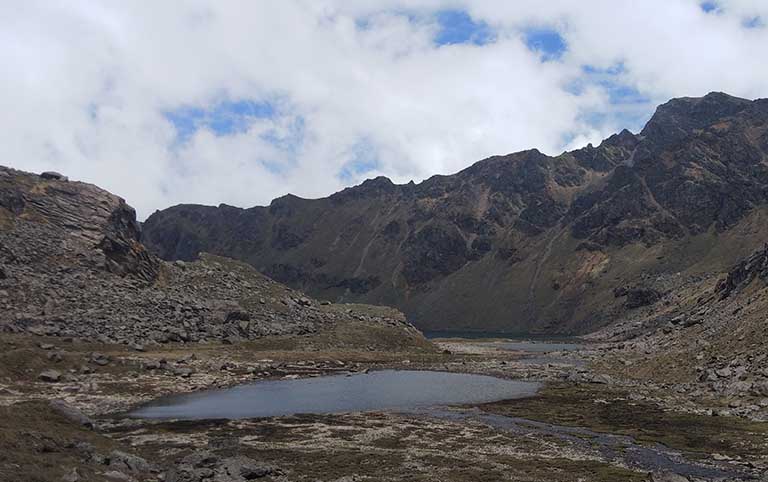
The Wood Snipe Gallinago nemoricola is listed as globally Vulnerable in the IUCN Red List (BirdLife International 2017) and National Red List of Nepal (Inskipp et al. 2016). Within Nepal, the species is rare and sparsely distributed, breeding locally in April–June in alpine meadows and marshes with scattered low bushes, or in dwarf scrub in […]
